21 May May 2024 Reflection – Michael McFarland SJ
Pentecost: A New Gregorian University
Last Sunday, the feast of Pentecost, was the day the Society of Jesus chose for the initiation of the new, integrated Pontifical Gregorian University, which now includes the Pontifical Biblical Institute and the Pontifical Oriental Institute. The link to Pentecost was an appropriate choice. The account in the Acts of the Apostles, which is the first reading for the feast, describes how the Holy Spirit descended on the disciples on Pentecost in the form of a great wind and tongues of fire. Both of those symbols represent the transformative power of the God’s Spirit. Wind and fire tear down and destroy, as we have seen in many recent tragedies, but they are also life-giving and lead to renewal. Empowered by the Spirit, the unlettered, provincial Galileans were suddenly able to speak in different languages understood by the throngs of people from all over the known world gathered in Jerusalem for the feast, drawing them together in Christ. This theme is echoed in the Gospel, in which Jesus appears to his disciples huddled away in fear and shame, and breathes on them the Spirit, offering them peace and reconciliation, and sending them out to bring those gifts to all peoples. It is also present in the second reading from 1 Corinthians, where Paul describes how the many diverse gifts of the Church are brought together to form one unified body under Christ.
These themes of transformation, renewal and integration were at the heart of the process that culminated in the inauguration of a new unified Gregorian University on this most recent Pentecost. The possibility of integrating the Biblical and Oriental Institutes into the Gregorian University had been discussed for at least twenty years; but it began in earnest five years ago with a letter from Fr. Arturo Sosa, Superior General of the Jesuits. Shortly thereafter, Pope Francis issued a decree mandating the change and empowering Fr. Sosa to carry it out. The General’s Delegate for the International Roman Houses, Fr. Johan Verschueren, SJ, was tasked with guiding the process. The goal was to create a single university that includes the two previously-independent institutes while preserving the unique mission and character of each of the three institutions. This required dealing with many constituencies, including the faculty, students and administrations of the institutions; the Vatican, especially through the Dicastery of Culture and Education, which oversaw the Gregorian University and the Biblical Institute, and the Dicastery for Eastern Churches, which oversaw the Oriental Institute; the Italian government; bishops and religious orders that send students there; and various donors, both individual and corporate. It required drawing up new statutes, creating a new administrative structure, analyzing all the legal and financial implications and negotiating with the government to ensure that the new university retained the tax status and other concessions its predecessor had, going back to the 1930s Concordat.
Getting all that done required years of planning, research, analysis, consultation, both internally and with outside experts, negotiation and careful crafting of the statutes and other necessary documents. There was plenty of skepticism and resistance, as there usually is with any significant change. Nevertheless, with persistence, faith, prayer and the unwavering support of the General and the Holy Father, they were able to complete the first and most decisive phase of the work. The statutes are now in place, along with a new leadership structure. Fr. Mark Lewis continues on as Rector of the new, integrated Gregorian University, having overall direction of the institution. Each of the three constituent parts has its own president for mission to insure that it continues to fulfill its historical mission. These include Fr. Peter Dubovsky at the Biblical Institute, its former rector, Fr. Sunny Thomas Kokkavaralayil at the Oriental Institute, and Fr. Giuseppe DiLuccio at what had been the Gregorian University, now called the Collegium Maximum. Fr. David Nazar, who had been the Rector of the Oriental Institute, has transitioned to become the Administrative Vice Rector of the whole university. These five, along with Luigi Allena, form the Rector’s Council, which is the governing body of the university. With the basic structure in place, the next step is to put in the procedures needed to implement the integration and bring it to the level of day-to-day operations. This could take a year or more; but the most important part is expected to be in place when the new academic year begins in October.
This change will strengthen the Jesuit educational apostolate at the Gregorian in a number of ways. Bringing the two institutes into the University will allow greater efficiency through shared administrative services, such as the registrar and the library. It will also allow them to cooperate more closely in programs and course offerings and eliminate redundancies. For example, the Oriental Institute has begun a “first cycle” program preparing seminarians for ordination in the Eastern Churches, where they take their basic theological courses in the Collegium Maximum along with specialized training in Eastern history, theology, law and liturgy at the Oriental Institute. The new administrative structure, which clarifies, strengthens and centralizes authority in the University, promises to be more decisive and efficient, which will allow the University to be more flexible and adaptable, a necessity in this constantly changing environment. The new structure will also make it easier for us at the Gregorian University Foundation, since we will be supporting one institution, not three, which sometimes led to confusion and muddled messaging. However, donors can still designate their gifts for specific purposes, including support of the Biblical and Oriental Institutes, as they did before.
This transformation of the Jesuit schools in Rome is a very significant development, not just for the Jesuits and their educational work, but for the Church as a whole. There are more than twenty Pontifical universities and institutes in Rome, many of them small and specialized. Given the current environment, with fewer candidates for priesthood in a worldwide church that is still growing and more need for lay leadership, they will not all survive on their own. Unless they consolidate and learn to collaborate more closely, the whole system will be weakened. It is similar in some ways to what is happening in higher education in the U.S., with many smaller schools either merging or closing. The incorporation of the Biblical and Oriental Institutes into the Gregorian University is a first step and a model for the others. In fact now that that has been accomplished, Pope Francis has ordered the Lateran University, which is directly under Vatican control, to merge with four other smaller institutions.
The winds of change are blowing in the Church, a sign that the Holy Spirit is at work carrying out God’s will.
Michael C McFarland, SJ
President, Gregorian University Foundation



